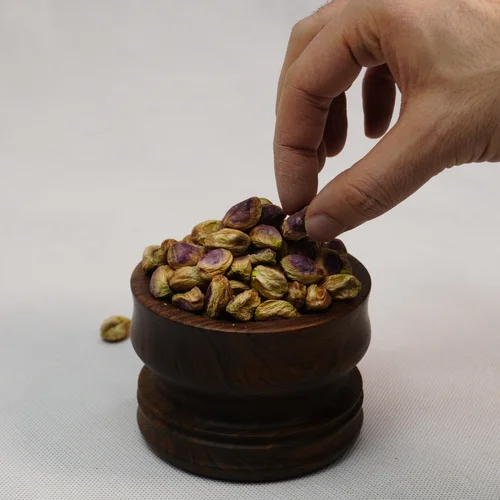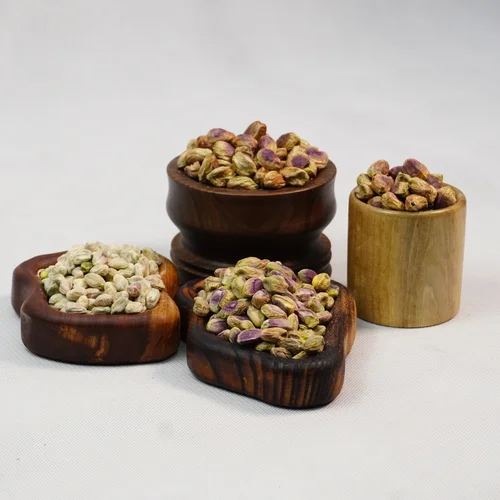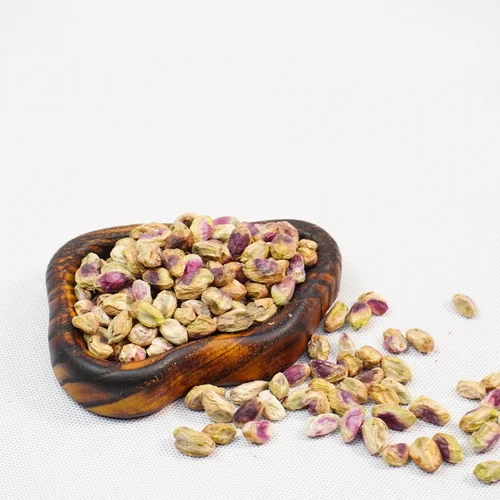Where are pistachios grown in the world?
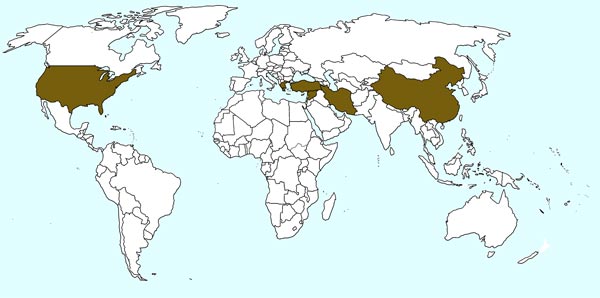
Iran is a considerable pistachio grower. Pistachio is a dried fruit that is considered a nut and is the product of the pistachio tree. The small pistachio tree grows well in the Middle East and Central Asia and bears fruit, resulting in the highest pistachio production in Asia. The people of Iran are well acquainted with pistachios and know their aroma and taste well. Iranian pistachios are famous worldwide for their unique flavor and quality.

What country is the biggest pistachio grower?
Iran plays a significant role as a pistachio grower. Pistachios are dried fruits considered nuts, produced by the pistachio tree. These small trees thrive in the Middle East and Central Asia, yielding the highest pistachio production in Asia. Iranians deeply appreciate pistachios for their aroma and taste, making them a staple in many households and recipes. Iranian pistachios are renowned globally for their superior quality.
Pistachios are also a popular food in China, and studies show that Chinese people consume the most pistachios. Basti pistachios, pistachio butter, pudding, sweets, and chocolate are used extensively. In general, pistachio is a beneficial food that is used in confectionery and cooking. Pistachio nutrition includes B vitamins, fiber, protein, etc.
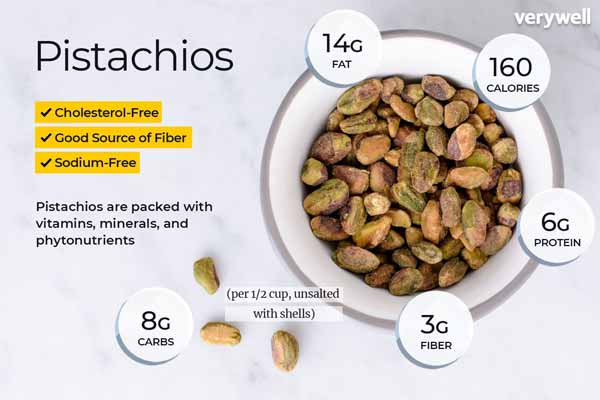
Most pistachio production takes place in saline soils and deserts. These pistachio trees will be able to grow from minus 10 degrees to positive 48 degrees Celsius. The pistachio tree needs a lot of ground and sun and does not grow well in humid environments because moisture and water will rot the tree’s roots. As a result, pistachios need a lot of heat. Pistachio roots grow deep in the ground, and each pistachio tree lives 80 to 100 years. Remember to buy pistachios from a trusted store to ensure quality.
Countries like Greece, the United States, Turkey, Iran, China, and Syria produce the most pistachios globally. Pistachios are usually grown in orchards and will have a good yield after 7 to 10 years. In general, pistachio is delicious food, and Iran has always been a great and prominent pistachio grower. Iranian pistachios, known for their rich flavor, are a testament to the country’s expertise in pistachio cultivation.
According to reports published in 2018, Iran earned more than $1.5 billion from the sale of raw pistachios. Of course, pistachios currently command a high price as a luxurious food item. In regions where production is plentiful, many people find them unaffordable.
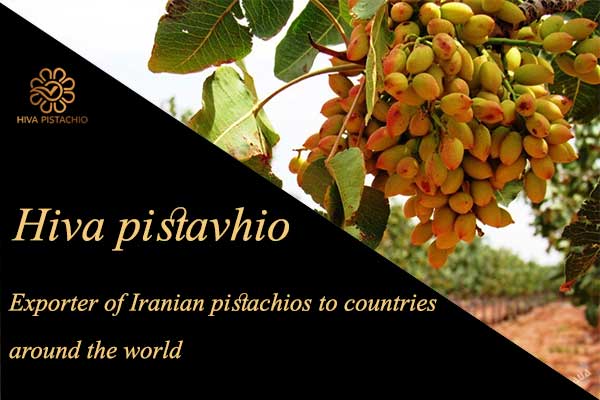
The most critical pistachio-growing countries
The United States, Turkey, and Syria, together with Iran, account for more than 80 percent of the area under pistachio cultivation. It is worth mentioning that pistachios are cultivated to a limited extent in Afghanistan, Turkmenistan, Uzbekistan, Chile, Italy, Spain, Greece, etc.
When did research on pistachio cultivation begin?
In 1929, research and cultivation of pistachios began in the United States with seed masses transferred from Rafsanjan. Through free pollination, researchers discovered several trees, including one registered in 1952 as the Kerman pistachio for its superior quality characteristics, establishing it as the best type of pistachio in the United States. Another notable cultivar, Lassen, gained attention in the European consumer market.
In 1980, researchers at Davis College in California obtained a free-inoculated sapling from a seed kernel taken from the Damghan Pistachio Field District. This sapling, named after Julie, the head of the Chico Research Station, marked a significant development. Unlike California’s diverse pistachio varieties, the local industry focuses exclusively on the male variety called Peters.
Important countries in pistachio production
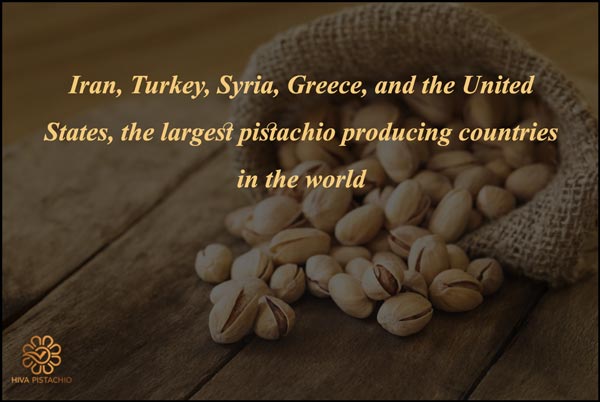
Another important country in the production of pistachios is Turkey. However, due to the limited ecological conditions, planting pistachios belonging to P. vera is only possible in a restricted area of Turkey. Almost all pistachio trees in this country are rainfed and not irrigated. There are eight cultivars of native pistachios in Turkey, of which four cultivars, Karmazi, Sirat, Ozone, and Halabi, are more critical.
The amount of fat in the first three varieties is about 58% and in the central cultivar is about 60%. The percentage of protein in these three varieties is about 23.6% and in the central cultivar is 24.78%. Five monotheistic, single, privileged, white, and non-native bilge are also cultivated in Turkey. The first three varieties are native to Iran. In general, the percentage of fat and protein in non-native cultivars is lower than in native cultivars. The average yield in Turkey and different varieties are meager, and each tree produces an average of 1.17 kg of dried fruit.
It is worth mentioning that there are more than 46 million types of pistachios and pistachio trees in Turkey. About 21 cultivars of pistachios are in Syria. The three Assyrian varieties, Red Elmi and White Baturi, account for approximately ninety-five percent of the country’s pistachio varieties. The Assyrian type accounts for about 86%, and the Red Olmi variety for about 5% of the country’s pistachio varieties. Assyrian type is very suitable for fresh eating, and about 99% of its fruits are smiling.
Order Iranian pistachios now!
37% of the fruit’s fresh weight was green skin, and 7.6% of the fruits were hollow. The new weight of a pistachio seed in this cultivar was 3.7 g and its dry weight was 1.6 g.
Iran ranks world in pistachio production

Iran ranks second globally in pistachio production after the United States, producing 316,000 tons the following year. Turkey, with 171,000 tons, is Iran’s closest competitor in the Sultaniye region. However, China’s policy of tripling pistachio production output in four years is expected to pose a significant challenge to both Iran and the United States.
World Pistachio Trade
In 2014, Iran became the largest pistachio grower globally. As a pistachio grower, Iran exported more than 192,000 tons of pistachios. The United States was the second-largest pistachio grower in the world, exporting about 139,000 tons. Turkey was the third-largest pistachio grower in the world.
In 2014, Turkey exported about 4,000 tons of pistachios and ranked third in the world in terms of pistachio exports. One of the advantages of Iran in pistachio exports is its geographical location. With easy transportation, Iran can easily capture the market in countries like China. Iranian pistachios have a competitive edge due to their superior quality and strategic location, allowing for efficient distribution to key markets.
Challenges in the Pistachio Industry
While in the mid-1980s, Iranian pistachio production was more than 255,000 tons, this amount decreased to 155,000 tons in the early 1990s. Consecutive droughts (the most significant current problem in pistachio production) and lack of planning to supply water to pistachio orchards, as well as cumbersome export rules and regulations, have caused Iran’s pistachio exports to decline significantly in recent years.
ith the increase in pistachio production in the US state of California, this country is becoming the first pistachio exporter of this product in the world, but Iran will remain the foremost pistachio grower globally. Despite these challenges, the global demand for Iranian pistachios persists due to their exceptional quality and taste, solidifying Iran’s reputation as a leading pistachio producer.


